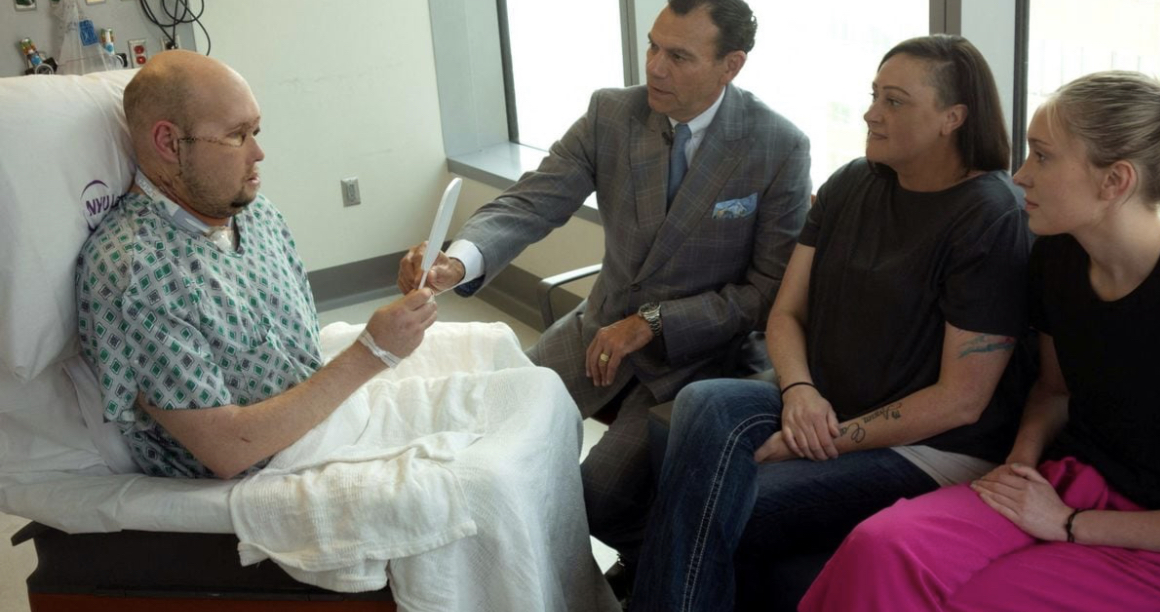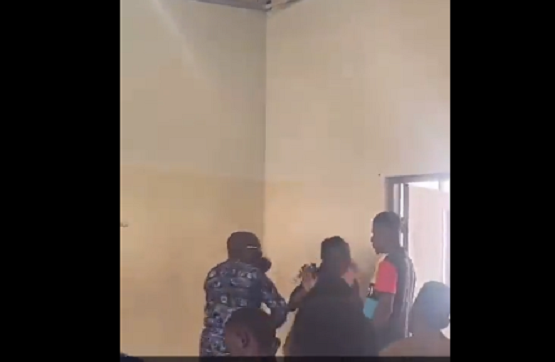Eye transplant as part of a partial face transplant by Dr. Eduardo D. Rodriguez at NYU Langone in New York. NYU Langone Health/Handout via REUTERS
Surgeons in New York, United States, have performed the first-ever whole eye transplant on a human.
Before now, doctors have only been able to transplant the cornea, the transparent layer forming the front of the eye.
The recipient of the eye, Aaron James, is a 46-year-old who survived a work-related high-voltage electrical accident that destroyed the left side of the face, nose, mouth and left eye.
To encourage healing of the connection between the donor and recipient optic nerves, the surgical team at NYU Langone Health, harvested adult stem cells from the donor’s bone marrow and injected them into the optic nerve during the transplant.
Advertisement
This was done in hopes that they would replace damaged cells and protect the nerve.
The transplant surgery took 21 hours.
The surgeons said six months since the surgery, the grafted eye has shown important signs of health, including well-functioning blood vessels and a promising-looking retina.
Advertisement
However, the transplanted eye is presently not communicating with the brain through the optic nerve.
Eduardo Rodriguez, the surgeon who led the team, said the doctors were initially just planning to include the eyeball as part of the face transplant for cosmetic reasons.
“The mere fact that we transplanted an eye is a huge step forward, something that for centuries has been thought about, but it’s never been performed,” he said
“If some form of vision restoration occurred, it would be wonderful, but the goal was for us to perform the technical operation and have the eyeball survive. Whatever happens going forward will be monitored.”
Advertisement
Rodriguez said transplantation of a viable eye globe opens many new possibilities, even if sight is not restored in this case.
He added that other research teams are developing ways to connect nerve networks in the brain to sightless eyes through the insertion of electrodes, to allow vision.
“If we can work with other scientists that are working on other methods of restoring vision or restoring images to the visual cortex, I think we’re one step closer,” he said.
Advertisement
Add a comment






